
feeds-for-youtube domain was triggered too early. This is usually an indicator for some code in the plugin or theme running too early. Translations should be loaded at the init action or later. Please see Debugging in WordPress for more information. (This message was added in version 6.7.0.) in /var/www/wp-includes/functions.php on line 6121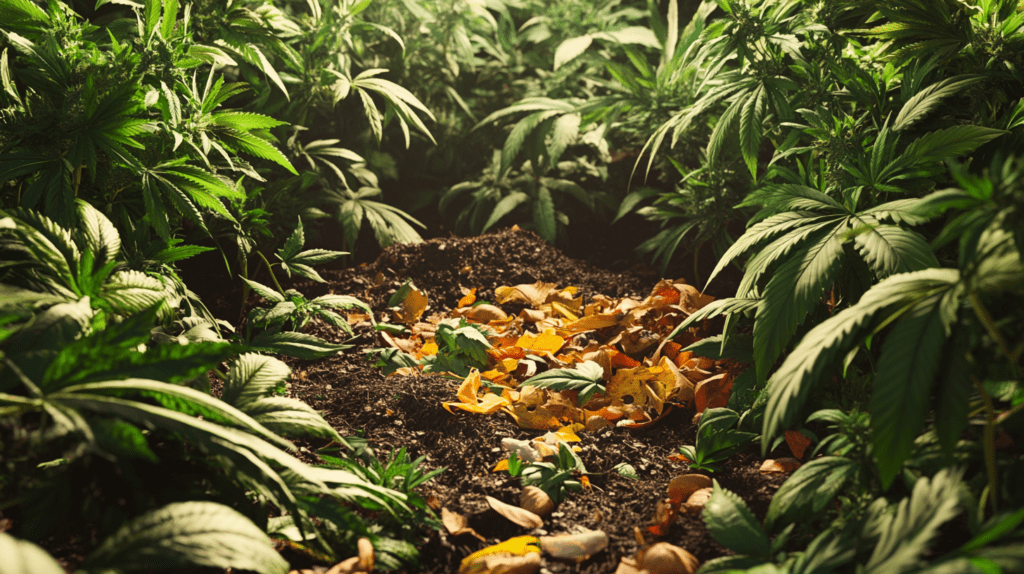
Composting for cannabis cultivation is the recycling of organic waste into a nutrient-dense material known as compost. This natural process involves microbes, fungi, and decomposers, such as worms, converting organic materials into a dark, crumbly substance fondly called “black gold.” Compost is vital for enhancing soil fertility, promoting plant growth, and minimizing waste sent to landfills.
Unlike landfill decomposition, which can emit damaging greenhouse gases like methane, composting fosters an aerobic environment, significantly reducing environmental impact. It is a versatile process that can be implemented in various settings, from industrial facilities to small backyard bins, making it accessible to individuals, organizations, and communities
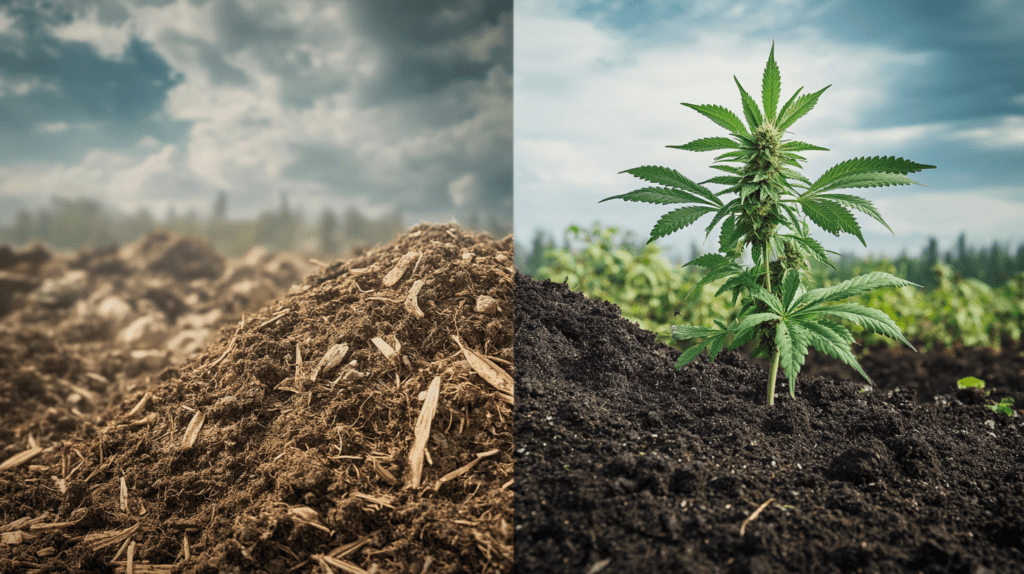
Every year, food scraps and yard debris make up more than 28% of all waste sent to landfills. Instead of being discarded, these organic materials can be transformed into compost. This diversion reduces waste volume, decreases municipal waste management costs, and promotes a more sustainable waste cycle.
Organic waste in landfills decomposes anaerobically (without oxygen), releasing methane—a greenhouse gas 25–30 times more potent than carbon dioxide. Composting creates an aerobic environment, enabling microorganisms to break down waste without generating harmful gases, thus contributing to climate change mitigation.
Compost serves as a natural fertilizer, supplying plants with essential nutrients like nitrogen, phosphorus, and potassium. It improves soil structure, making it more porous and better at retaining moisture. Healthy soil is less prone to erosion, reducing sediment discharge into water systems and supporting robust plant growth.
Adding compost to soil enhances its organic matter content, increasing its water-retention capacity. Research shows that every 1% increase in soil organic matter enables the soil to retain an additional 20,000 gallons of water per acre. This makes composting invaluable for reducing irrigation needs and alleviating drought conditions.
Food waste is a growing global issue, costing billions of dollars annually. Composting allows individuals and organizations to turn inedible food scraps, such as banana peels and coffee grounds, into valuable resources, closing the loop between food production and consumption while reducing overall waste.
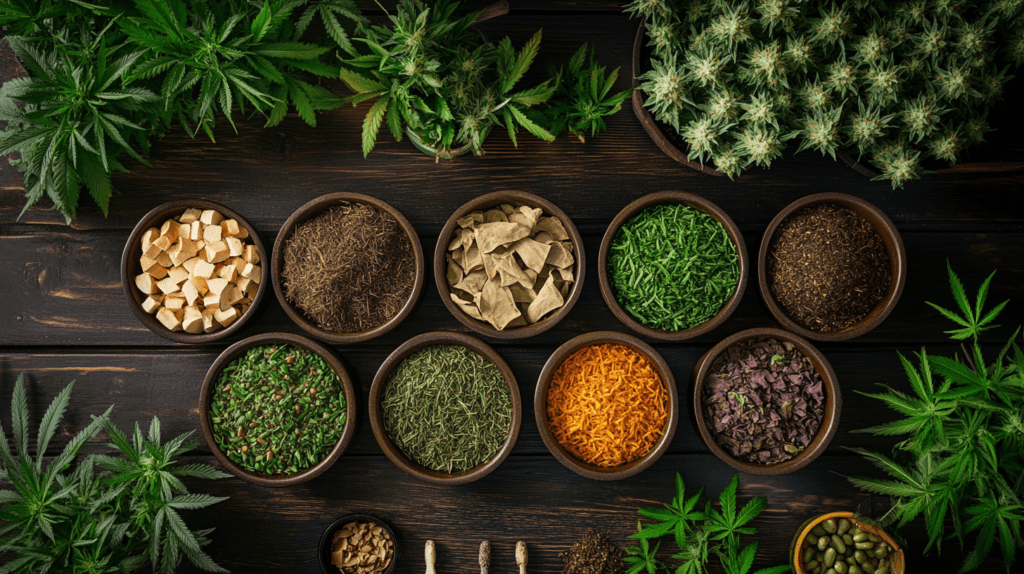
Greens are rich in nitrogen, essential for microbial growth. Common greens include:
Nitrogen accelerates the decomposition process, providing the energy microbes need to thrive.
Browns are materials high in carbon, which serve as energy sources for decomposers. Examples include:
Successful composting requires balancing greens and browns. The ideal carbon-to-nitrogen ratio is approximately 25–30:1. Excess carbon slows decomposition, while too much nitrogen can create unpleasant odors.
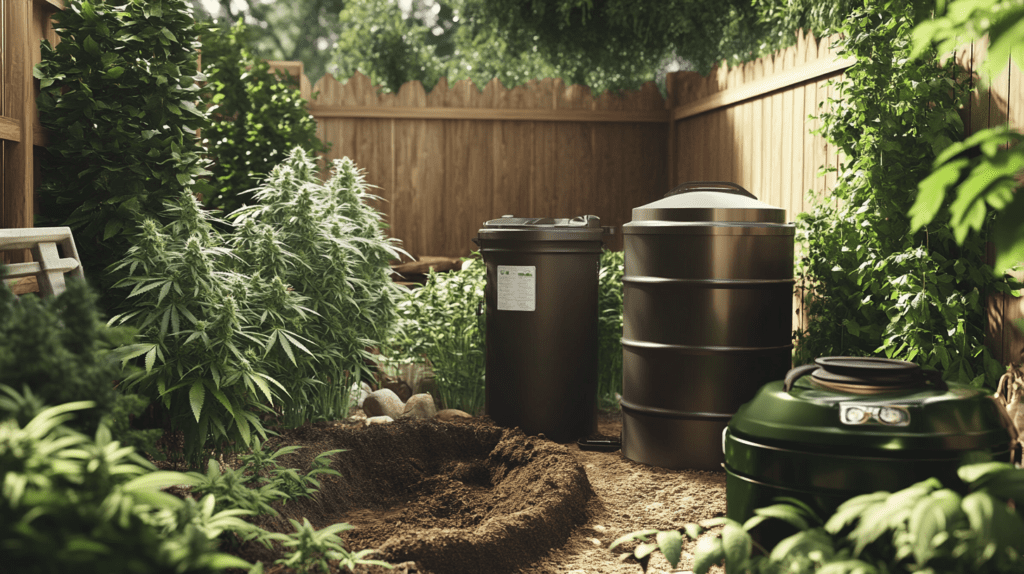
Cold composting is a low-maintenance option ideal for those with limited time or organic waste. This method relies on the natural breakdown of materials over a long period (1–2 years). While slower, it requires little effort and works well for yard trimmings and small amounts of kitchen scraps.
Hot composting is faster and more active, requiring precise control of carbon-to-nitrogen ratios, moisture, and aeration. By maintaining temperatures between 130°F and 160°F, it kills pathogens and weed seeds, producing high-quality compost in as little as four weeks. Regular turning and monitoring are crucial for success.
Vermicomposting uses worms, specifically red wigglers, to decompose organic waste. This method is ideal for indoor or small spaces and produces nutrient-rich worm castings, an excellent soil amendment. Vermicomposting is odorless, efficient, and requires minimal maintenance.
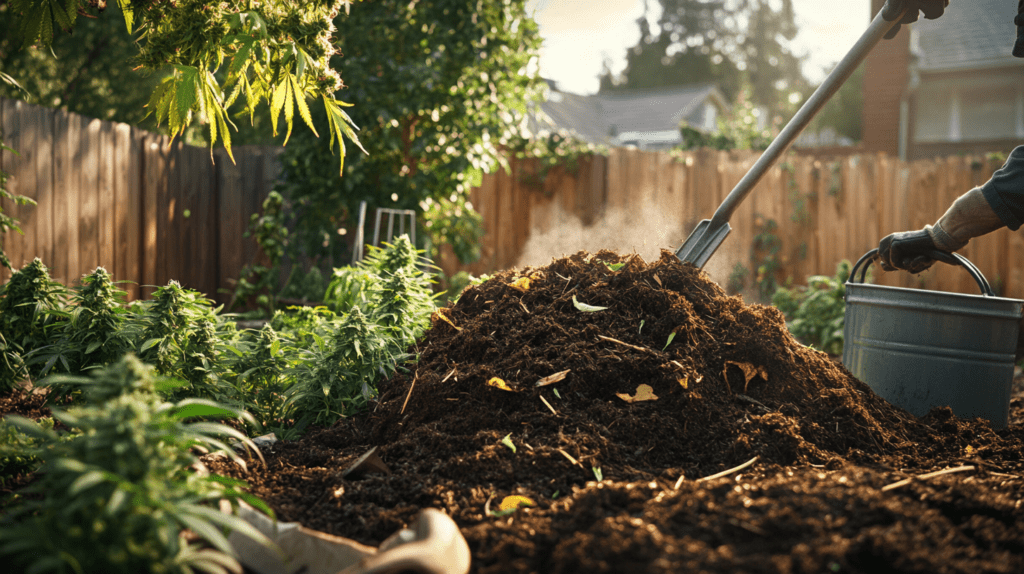
Ensure your compost pile is between 3’x3’x3′ and 5’x5’x5′. Smaller piles may not generate sufficient heat, while larger piles might lack proper airflow.
Compost should feel as moist as a wrung-out sponge. If it’s too dry, decomposition slows; if it’s too wet, it may become anaerobic and start to smell. Adjust moisture levels with water or cover the pile with a tarp or straw.
Turn the pile regularly with a pitchfork or aeration tool to maintain an oxygen-rich environment. This ensures even decomposition and prevents unpleasant odors.
Keep the following materials out of your compost to maintain quality:
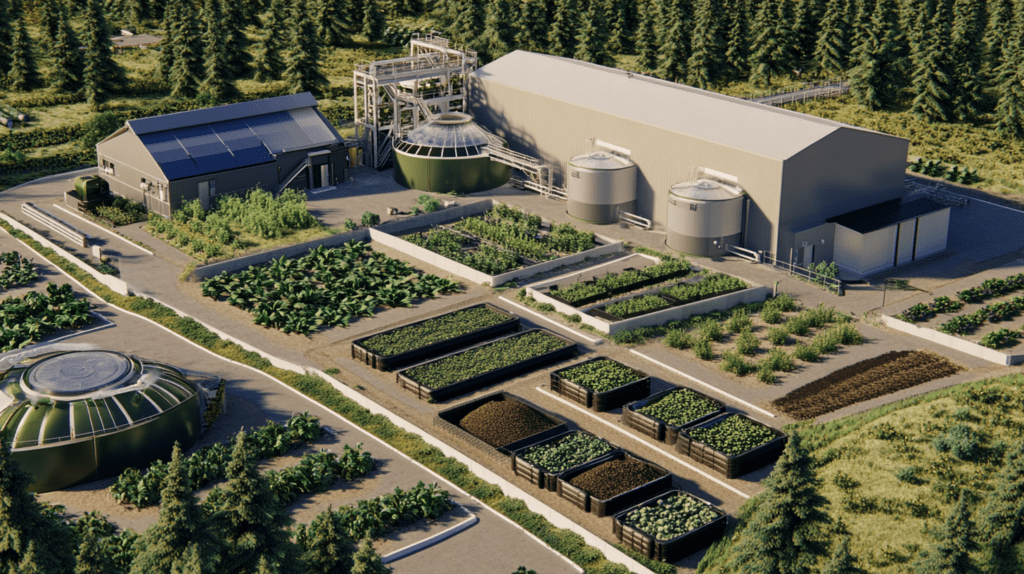
This method uses blowers to circulate air through the pile, eliminating the need for frequent turning. It accelerates decomposition and is ideal for large-scale composting operations.
Windrow composting involves large rows of organic material that are regularly turned to ensure proper aeration. This method is widely used in commercial and agricultural settings to handle significant volumes of waste.
In-vessel composting uses enclosed systems, such as drums or silos, to create controlled conditions for rapid decomposition. It is space-efficient and suitable for urban areas or businesses with limited outdoor space.
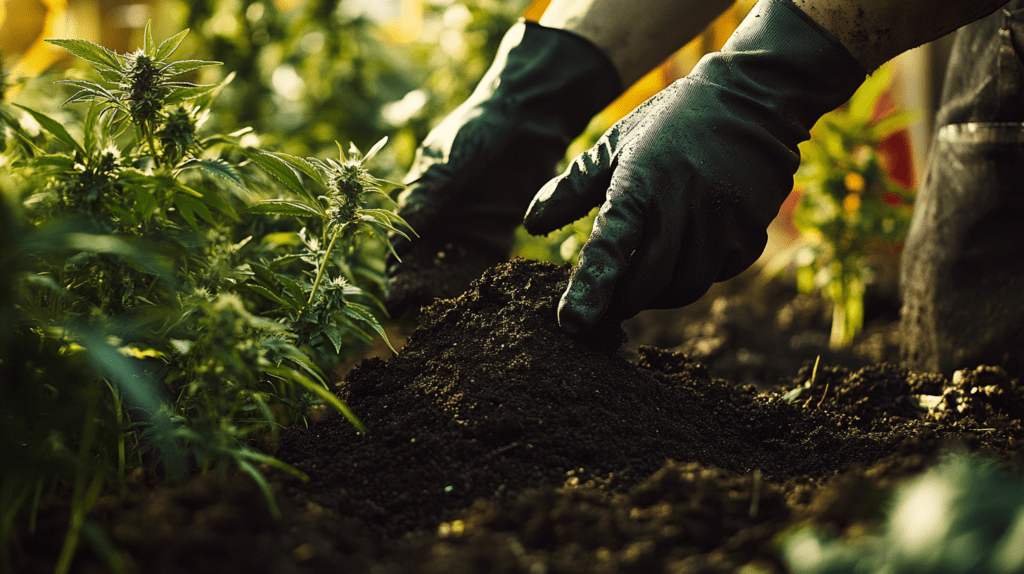
Finished compost should:
Compost can be used in various ways:
Using compost enhances soil quality, supports plant growth, and reduces reliance on synthetic fertilizers, promoting sustainable gardening practices.
By adopting these composting techniques, you can transform organic waste into a valuable resource that benefits your garden, reduces environmental impact, and contributes to a more sustainable future.
“Seeds are not just life; they are history, culture, and a legacy waiting to unfold.” This belief lies at the very heart of The Esoteric